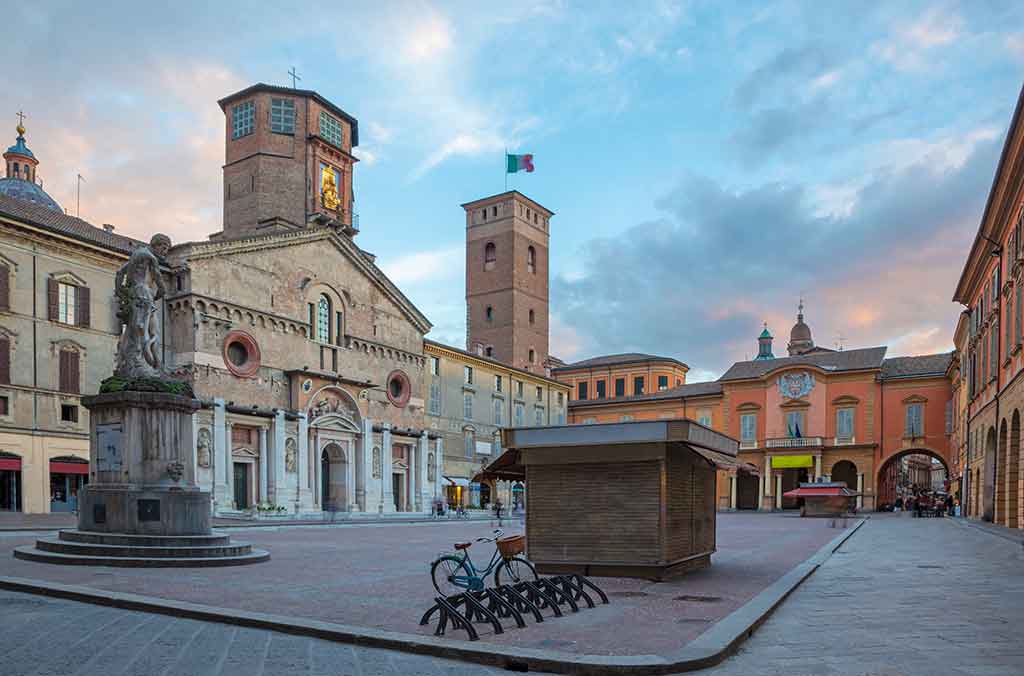Welcome
to Reggio Emilia Italy. If you’are planning to visit Reggio Emilia for your next trip and you are
looking for the best places to visit, here you’ll find tips and suggestions of most
popular point of interest and activities not to be missed in Reggio Emilia and surrounding.
Travelers will appreciate this italian town with
his rich historical and artistic heritage, local culture and environment. Discover the monuments, buildings, natural
treasures and all the details that characterize Reggio Emilia and its territory. Share and suggest a place you've
visited.

Emilia Romagna, Reggio Emilia, Piazza Duomo
The city of Correggio (famous Italian painter of the 15th century), is crossed by the Crostolo stream, is located in the Po Valley of the homonymous province in Emilia Romagna. It is a place full of history, tradition, culture, enchanting landscapes but also of industries (especially in the mechanical, textile and ceramic sectors) and food and wine routes.
The history of this place is particularly fascinating and will envelop the guest in a timeless atmosphere between the beautiful streets of the historic center and its palaces, the city and its main street were founded by
Marco Emilio Lepido, a Roman politician and military (later Consul) of the second century BC, between the years 187 to 185 of the same century, and was called 'Regium Lepidi' of the anchor great Roman Republic. Centuries later, in an already unified Italy, Reggio Emilia was decorated for military valor, for the precious help given by its people in the partisan struggle for the liberation of Italy during the Second War. World Cup.
Here we practice numerous cultural activities related to art in general, but the presence of important dance schools such as: ATERBALLETTO and Cosi-Stefanescu is noteworthy.
written by Lorna Cowie - Last update: 04/09/2021
This guide has been translated automatically through a third party service. Visititaly offers these automatic translations to help site visitors, however the automatic translations may contain inaccuracies, errors or inaccuracies. You can contact us to report inaccuracies or errors and we will check the translation.